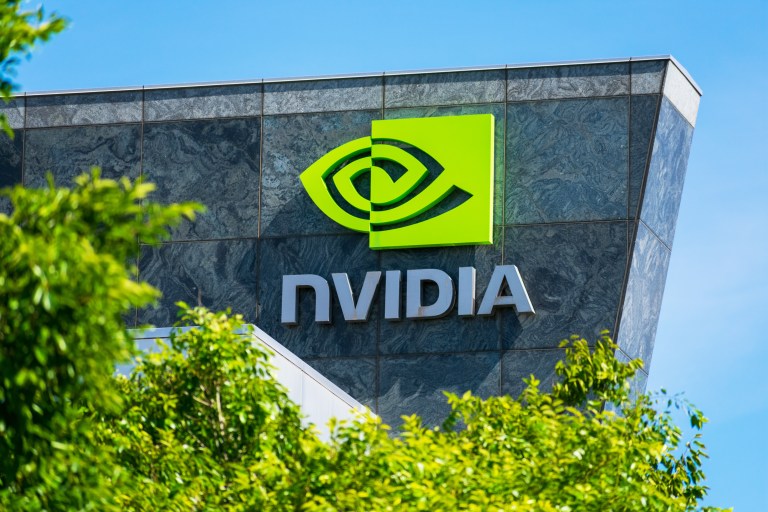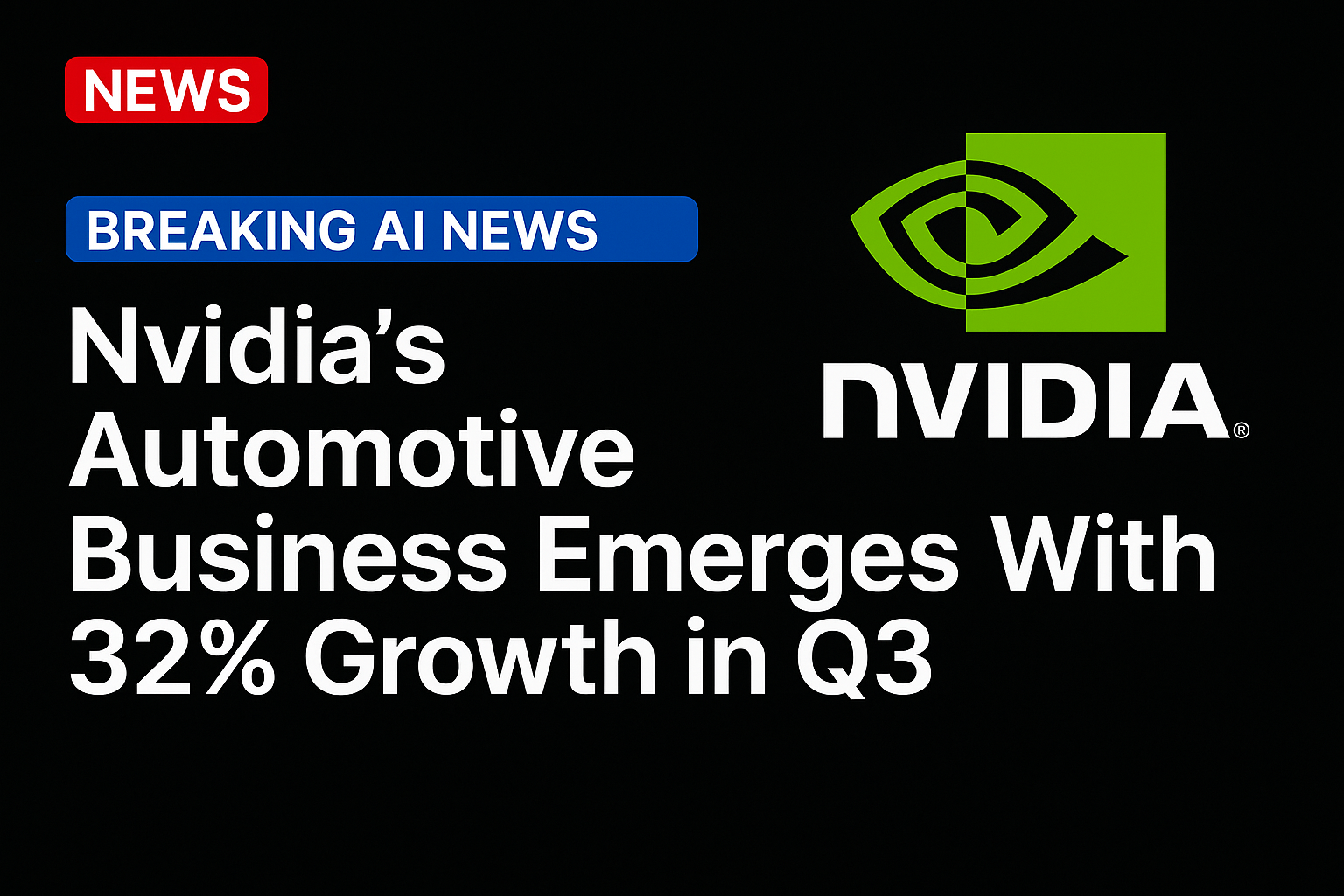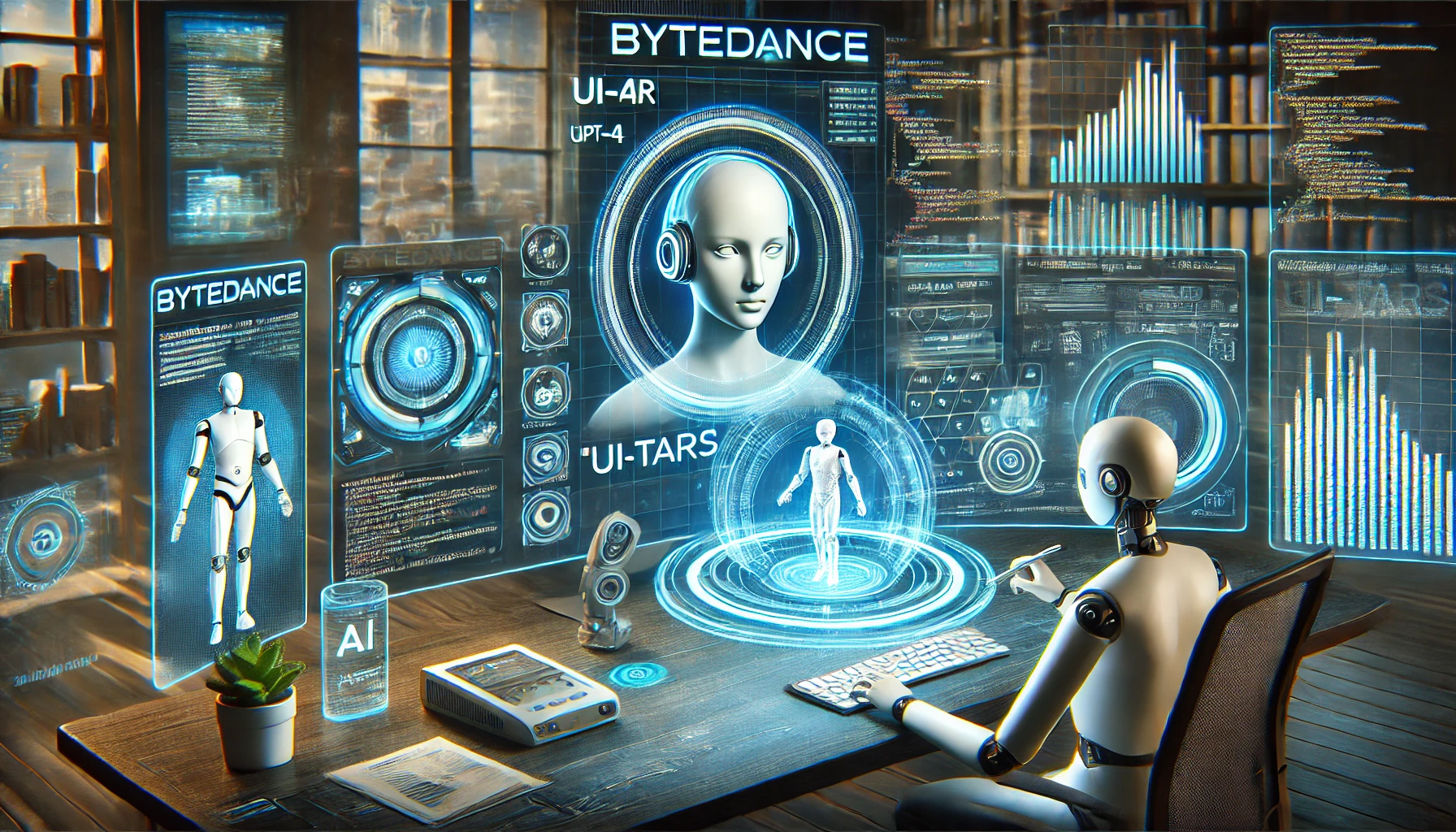
Nvidia’s most overlooked income-statement line emerged as one of its fastest growers this past quarter. The automotive segment jumped 32% year over year in Q3, signaling that automakers are moving advanced driver-assistance and controlled-route autonomy from pilots to more structured development programs drive by artificial intelligence (AI).
The increase stood out inside a quarter shaped by strong AI infrastructure demand. Nvidia reported $57 billion in fiscal third-quarter revenue, up 62% from a year earlier, and said its data center business generated $51.2 billion, a 66% increase, according to the company’s Q3 earnings release.
Although the automotive unit remains a small portion of overall performance, the acceleration shows how embedded AI in vehicles is entering a more mature development stage. Nvidia said automakers used its DRIVE platform to train vision systems, refine planning models and test sensor fusion under variable conditions. Mobility operators relied on the platform to evaluate real-time perception and route-specific autonomy.
Automakers spent several years rethinking their autonomy strategies after early systems struggled to expand beyond pilots. Nvidia’s latest results show how the sector is now adopting more stable, software-defined structures. Centralized compute architectures, unified sensor suites and common development pipelines give engineering teams reliable foundations for both advanced driver-assistance features and higher-level automation. These designs reduce fragmentation, speed validation and support more consistent over-the-air updates.
Reuters reported how General Motors plans to use Nvidia AI chips and software to automate vehicles and factory operations as part of a broader push toward software-defined vehicle architectures, marking one of the clearest signals that major automakers are aligning around standardized platforms.
PYMNTS reported a similar development when Qualcomm Technologies and Google Cloud partnered to help automakers deploy multimodal AI agents inside vehicles. The collaboration integrates Qualcomm’s Snapdragon Digital Chassis with Google Cloud’s Automotive AI Agent, supporting conversational navigation, in-cabin controls and other AI-driven experiences. PYMNTS emphasized that automakers are standardizing on shared development stacks rather than duplicating proprietary systems.
Automakers Rebuild Autonomy Plans
The 32% rise in automotive revenue aligns with this wider pivot. Automakers are now anchoring development on modular compute systems that support automated parking, lane-centering, highway pilot functions and eventually level 3 capabilities, where the system can drive on its own in specific conditions but still requires the driver to take over when prompted. These features demand high-capacity onboard compute and consistent perception stacks. Nvidia connects those components through a single workflow that unifies training, simulation and vehicle deployment.
Nvidia’s disclosures show growing adoption of its DRIVE AGX Hyperion 10 platform, which supports level-3 and level-4 autonomy development, with Level 4 referring to high automation that does not require human takeover inside defined operating zones. Automakers expanded the use of simulation pipelines to test edge-case scenarios such as sudden lane shifts, unpredictable pedestrian movement and complex lighting conditions. Regulators have increased pressure for stronger model-behavior evidence, making simulation a central step in the approval process.
Mobility Operators Expand Controlled-Route Autonomy
Mobility networks and logistics operators provided further lift to Nvidia’s automotive results. Controlled-route deployments, airport corridors, freight hubs, campus loops, continue to gain traction because they offer predictable operating conditions and clearer safety-verification requirements. Ride-hail platforms and freight carriers are investing in real-time perception and planning models tailored to defined corridors rather than attempting broad city-wide autonomy.
PYMNTS reported that Nvidia and Uber collaborated to accelerate autonomous driving using a modified foundational model trained on Uber’s global fleet data. The dataset includes high-variation environments such as airport pickup lanes, nighttime traffic and congested intersections. Uber plans to combine that dataset with Nvidia’s DRIVE AGX Hyperion platform as it prepares structured level-4 pathways.
Source: https://www.pymnts.com/




